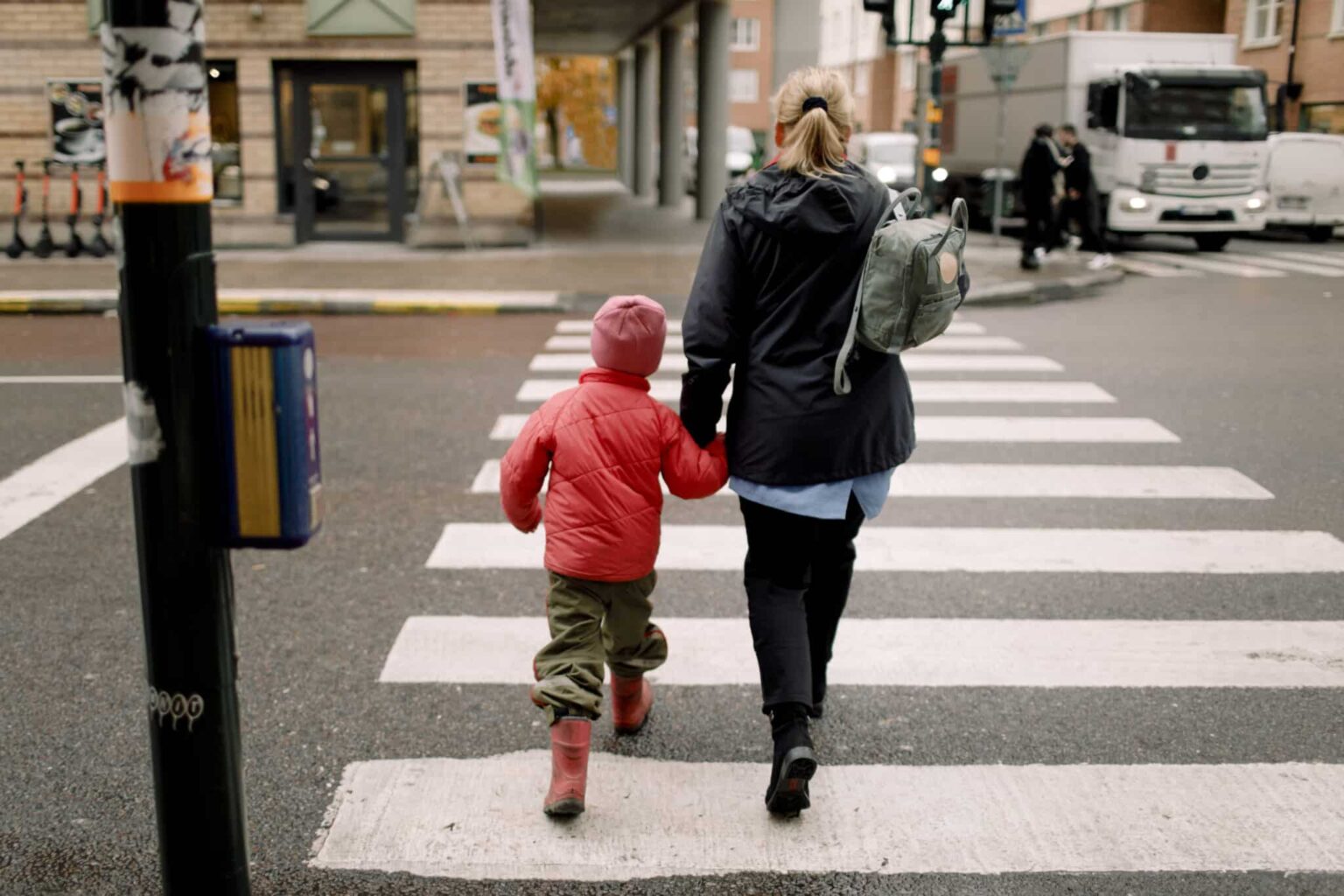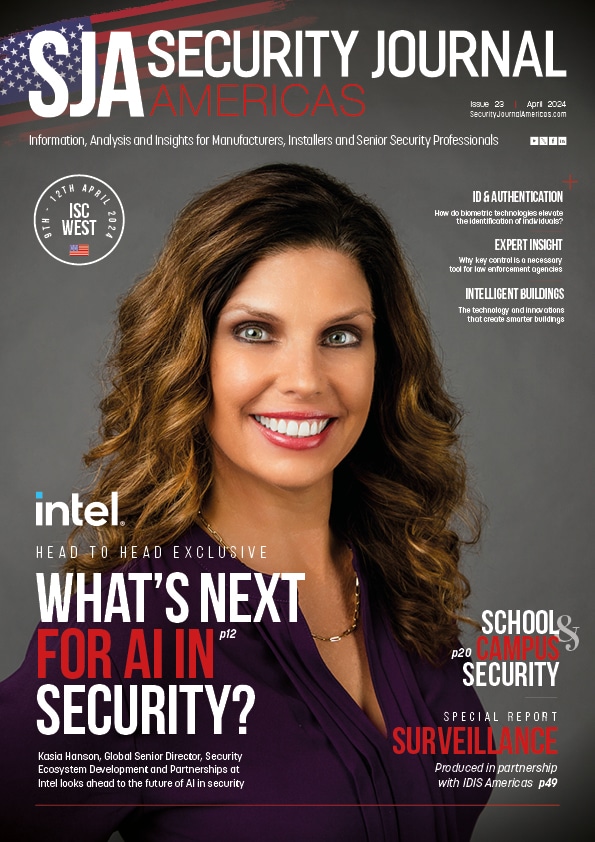EXCLUSIVE: The reality of the situation


Victoria Rees
Share this content
Milestone discusses the important of a safe, smart city in order to improve the quality of life for its residents.
A young, big-hearted special education school teacher in Brooklyn was strolling a few blocks from her home, never fathoming she would meet an untimely death in a crosswalk. First, an SUV traveling on a rainy road struck the woman, followed by a yellow school bus making a left turn. She was hit twice but died once.
According to Vox, “It was a notoriously dangerous intersection of two wide, high-speed roads, where pedestrians are forced to spend a long time in the crosswalk.”
State of consciousness
Perhaps the city could consider a traffic impact study of this intersection. Many municipalities are leveraging data gathered by city-wide surveillance to inform decisions beyond security needs. A traffic camera in this “notoriously dangerous intersection” could provide city planners with detailed information for analysis, potentially leading to changes to improve safety for citizens and save lives. As a result, pedestrians experience enhanced situational awareness.
Situational awareness is typically thought of as a state of consciousness from an individual’s point of view, not registering as a form of awareness associated with or assigned to a collective or centralized entity. For example, the first responders arriving on the accident scene would immediately assess the scene, looking for hazards. In addition, they would want to know as much as possible about the scene before arriving. In other words, they determine an early awareness of how they or others could be affected.
In today’s urban environments, municipalities are utilizing technology to improve the lives of their residents. As a result, situational awareness from an organizational perspective has become a reality.
Technology transforms the smart city
Smart cities, or more specifically, safe cities, have intentionally included situational awareness components in their systems, covering public safety and mobility. “An improvement in the SA (situational awareness) supports decision-makers in reaching better decisions…It is not possible to make a good decision without a complete understanding of what is happening in the observed environment,” stated the 2020 paper, Knowledge-Based Smart City Service System.
The video, The Making of Smart & Safe Cities, presented by Axis Communications, Milestone and BriefCam postulates that technology is the conduit to transforming a smart city into a safe city.
Tertius Wolfaardt is with Axis Communications, a surveillance camera manufacturer. In the video, he says: “Camera purposes really evolved over years from security devices to really becoming more multifunctional devices and how we use the information that these devices give us and do so much more than purely just looking at security.” Moreover, a smart city uses connected technology and data to provide services and solve city problems.
Enhancing quality of life
MDPI is an organization publishing scholarly scientific journals on science topics. Recently they published an article called, Knowledge-Based Smart City Service System. The author says: “A smart city can be defined as a city exploiting information and communication technologies to enhance the quality of life of its citizens by providing them with improved services while ensuring a conscious use of the available limited resources.”
Smart-city systems empower municipalities to determine future traffic flow or patterns, making it possible to improve long-term urban mobility planning while simultaneously preventing real threats to personal safety. All of this is possible with operational interoperability, where independent systems or applications are brought into a centralized platform to maximize the benefits of smart-city technological infrastructure.
Data beyond security
Milestone Systems combines many hardware systems and applications to form a centralized platform where certain functions can be employed to facilitate productive, desired outcomes. For example, municipal administrators can leverage security cameras to gather data for needs beyond security. Milestone provides an open platform video technology that interfaces neatly with existing systems, such as access control, fire and life safety systems, climate control, lighting, traffic control, etc. XProtect is a video management software (VMS) that goes beyond a typical security software.
Tim Smith is with the Houston First Corporation. He uses Milestone products to equip the George R. Brown Convention Center and the surrounding area in downtown Houston, TX. Smith uses the existing system to manage the parking garages for the convention center and the nearby theater district. His team can use the security system to confirm issues, resolve problems remotely and service customers better.
Smith says: “Security is almost becoming an added bonus to this. It’s really not the first thought when we’re putting cameras up or working with an operation system. It’s the operations of how things are going to function for staffing needs and other things. And then security is just an added bonus to that.”
Half the world’s population live in cities
Traffic flow monitoring is vitally important today as cities become more congested with people — the United Nations projects, by 2050, two out of every three people could be residing in cities or urban centers.
Karl Sluis, is a Senior Designer for Datadog’s data visualization team and the founder of City Atlas. Recently, he wrote on Medium.com that there are approximately 1.6 cars per household in urban areas and 1.9 cars per household in suburban areas. Furthermore, in 2017, Jonathan Reichental said: “Over half the population of the world lives in a city context now.” Reichental is the former Chief Information Officer for the City of Palo Alto, California and the Founder of Human Future, an investment and education firm.
In a LinkedIn Learning video called Smart Cities: Solving Urban Problems Using Technology, Reichental says: “About three million people are moving into cities every week. Over the next 20 years, that equates to about two billion more people living in cities. Our cities aren’t well-prepared for that. So we are in a tough spot, globally, as it relates to cities.”
Milestone case study: Katowice, Poland
A Milestone case study involving Katowice, Poland, discusses the smart city platform and the administration’s ability to use thousands of cameras for situational awareness scenarios. Emergency personnel can evaluate threatening incidents as they are detected. In addition, operators can determine how to address the incidents proactively. The system helps emergency personnel mitigate various threats. In addition, the early warning captures the operator’s attention and shortens the response time for first responders.
Early alerts for dangerous incidents could include:
- Person Lying Down
- Object Left Behind
- Crowds Gathering in Public Spaces
- Vehicle Collisions
- Wrong Way Driving
- Damage by Natural Accidents
“Adding more cameras made us think how to more effectively operate using artificial intelligence,” said Mirosław Cygan, Head of the Crisis Management Department at the Katowice City Hall. “The monitoring center established in 2017 covered locations in the city center and other districts, as well as 16 family activity zones. Additionally, ten road traffic supervision points were launched. The system can be expanded to more than 1,000 cameras.”
Proactive mitigation
Video technology systems can help mitigate incidents proactively. For example, an early warning system could have prevented a tragic death through analysis, detection and planning in the school teacher’s situation.
Situational awareness is paramount to public safety. There doesn’t seem to be any argument there. Yet its efficacy is greatly amplified through smart-city applications, such as video technology platforms paired with artificial intelligence (AI), video analytics and machine learning.
“AI machine learning systems for public safety like real-time visualization and emergency response can save almost 35 hours per year per citizen,” says Kasia Hanson, Intel Global Director, Partner Sales, IoT Video & Safe Cities. “Public safety use cases can include smart and connected outdoor lighting, smart buildings, crime prevention, video wearables for field agents, smart kiosks and detection of noise level glass breaks and gunshots.”
Intelligent video monitoring
The base component for the technology stack in Katowice, Poland, is Milestone Systems’ XProtect open platform VMS. The system manages data from various network-connected devices, including video cameras. It also supports traffic control in the city, providing license plate recognition while monitoring traffic flow.
Marcin Krupa is the Mayor of Katowice. He says, “Katowice is a city of innovative solutions and implementation of new technologies; we are becoming more and more smart city in many areas. We were the first in Poland to create this intelligent video monitoring system on this scale. Undoubtedly, the modern solutions of Milestone XProtect contribute to increasing the level of security in Katowice.”
Humans are imperfect and sometimes, awareness of what’s happening around you takes a backseat to life’s frustrations, concerns and accomplishments — which are often foremost on one’s mind. No one knows what was on the school teacher’s mind before tragedy befell her. It probably wasn’t a calamity. When a city enhances its citizens’ situational awareness to protect them from accidental or intentional harm, a person can move about with confidence, knowing that the smart city is watching out for people.
Need information or want a consultation about how to build your city video solution with Milestone’s open platform? Visit milestonesys.com/campaigns/safe-city/ to learn more.
This article was originally published in the bumper September edition of Security Journal Americas. To read your FREE digital edition, click here.
Return to Security Journal Americas NEWS INDEX

